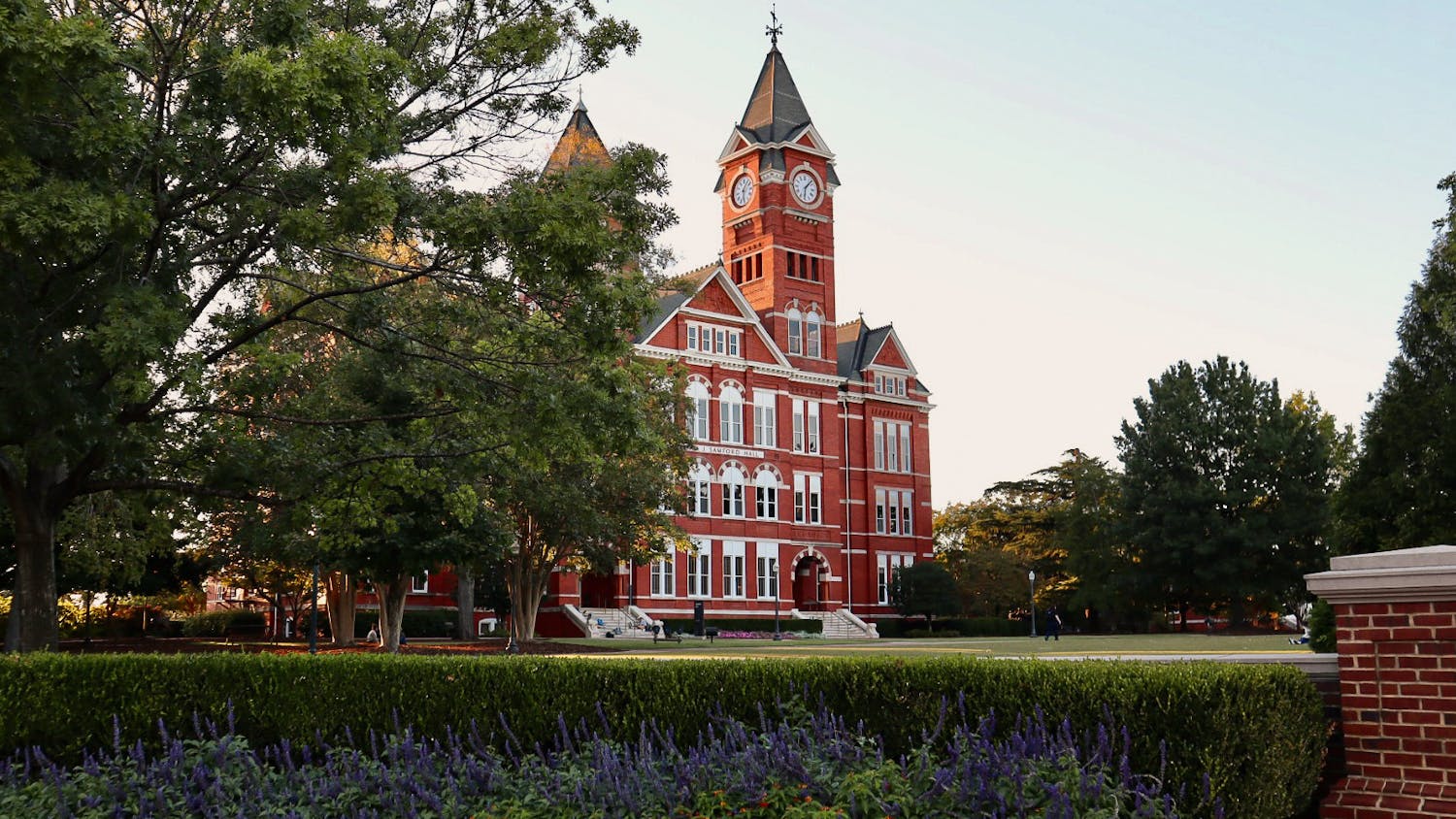"People don't really understand, but we came within hours, we came within hours of a full nuclear exchange with the Russians," said Paul Harris, who was in the 3rd U.S. armor division during the Cold War.
In October 1962, a U-2 reconnaissance plane photographed Soviet missiles along with the construction of launch sites, setting off the Cuban Missile Crisis.
One option the U.S. considered was bombing the missile sites; however, a naval blockade was chosen to avoid an escalation of war.
"We would have been able to take out missile sites before they became operational," Harris said.
Harris said an attack on the site in Cuba would have invited the Soviets to mobilize two armor divisions stationed in East Berlin.
"The Russians would have gotten through the Fulda gap, they would have got through all of the 7th Core, all of the 3rd Core," Harris said. "These are heavy divisions in Germany, they would have just simply marched across."
Harris said soldiers knew the battle plan.
On the third day, with the immediate threat of an escalating war, the U.S., would issue a nuclear response.
What might have happened next in a world of mutually assured destruction could be anyone's guess.
"Had those Russian tanks come across, that would have been it," Harris said. "Life on this planet may not have existed."
Do you like this story? The Plainsman doesn't accept money from tuition or student fees, and we don't charge a subscription fee. But you can donate to support The Plainsman.




